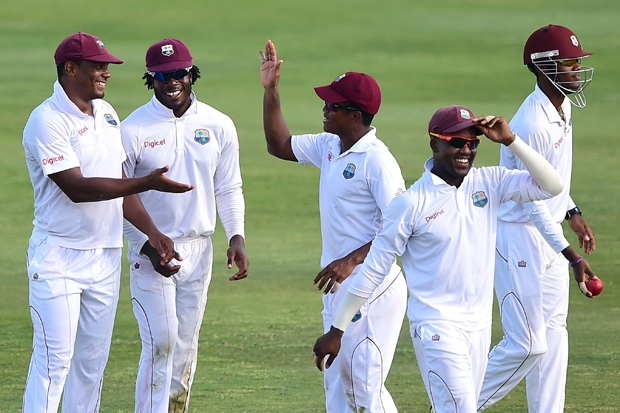A high proportion of wine-lovers also enjoy cricket, and vice versa. This might seem natural. Anyone with an aesthetic temperament will surely find his way to two of life’s greatest pleasures. But there may also be a parallel. Wine is made of decomposed grapes. Vignerons conjure sublime flavours out of long-decayed fruit. As you sniff a good red Burgundy, there will always be a scent of the farmyard. Those who make the great pudding wines extract transcendent sweetness from grapes which are already rotting before they are picked.
Cricket is a beautiful and gracious game. I still have a mental picture of a cover drive by Barry Richards. He hardly appeared to move. A gentle half pace forward, a mere flick of the wrists, and the ball was rocketing to the boundary. It was like watching an outstanding fisherman casting. There appears to be no exertion. Fifteen feet of rod and 30 feet of line are just an extension of wrist and hand.
The same is true of the shotgun. An accomplished shot will have his musket at his shoulder at precisely the right moment, as if by effortless spontaneity. Curiously enough, although music might seem more ethereal, it makes more obvious demands on the performers. I will always remember Norbert Brainin bouncing around on his chair as if he were urging on his violin, like a jockey spurring a horse towards the winning-post.
Beauty is truth: in the case of cricket, it is also blood. I cannot recall who was bowling to Barry Richards, but if he had been a quick, the next delivery might well have reared up towards the batsman’s throat at 90 miles an hour. ‘Skulling’ is the joking term used to describe short-pitched bowling. You would have to be a very tough batsman to see the humour. On the nose, great red wines have a hint of the dung-hill. In cricket, for all the apparent gentle-ness — whites, the tea interval, a church tower in the background — the skull is always beneath the skin.
That brings us to West Indian cricket, which increasingly resembles an ossuary. Those who run the West Indian game have fallen out with their players, which has led to the cancellation of a tour in India, which has provoked the Indian authorities to sue — which could end up bankrupting West Indies cricket. Even in a world beset by conflict, disease and economic uncertainty, these are grounds for sadness. At their peak, the West Indians played the game with a formidable mixture of hardness and flair. Relentless fast bowling was reinforced by elegant — and accumulative — batting. The great West Indian sides were among the finest exponents of Test cricket. Yet even when they were almost always winning, there was a joie de vivre, as if the glory of victory was outshone by the glory of the game itself.
All that is an increasingly nostalgic memory. For more than a decade, West Indian cricket has been beset by mediocrity. Various explanations have been offered. The two most often cited are indiscipline in the dressing room and the lure of American sports scholarships, which entice outstanding young cricketers to play insignificant sports such as basketball or American football. Whatever the cause, the result is cultural impoverishment.
Some of us were discussing this the other night, with the help of Domaine de Chevalier 2004. At first, the ’04s did not find favour with most of those who assess young claret. As a result, they have always been good value and are now drinking exceedingly well. The best are probably not ready. I recently tasted a 2004 Montrose, which will be as long-lived as a superb Saint-Estèphe ought to be, and certainly needs more time. It is worth keeping an eye out for anything from that year. Although the words ‘bargain’ and ‘Bordeaux’ live in different universes, the ’04s are good value, at least by Bordelaise standards. Who knows: some of them may live to see a revival of West Indian cricket.






Comments